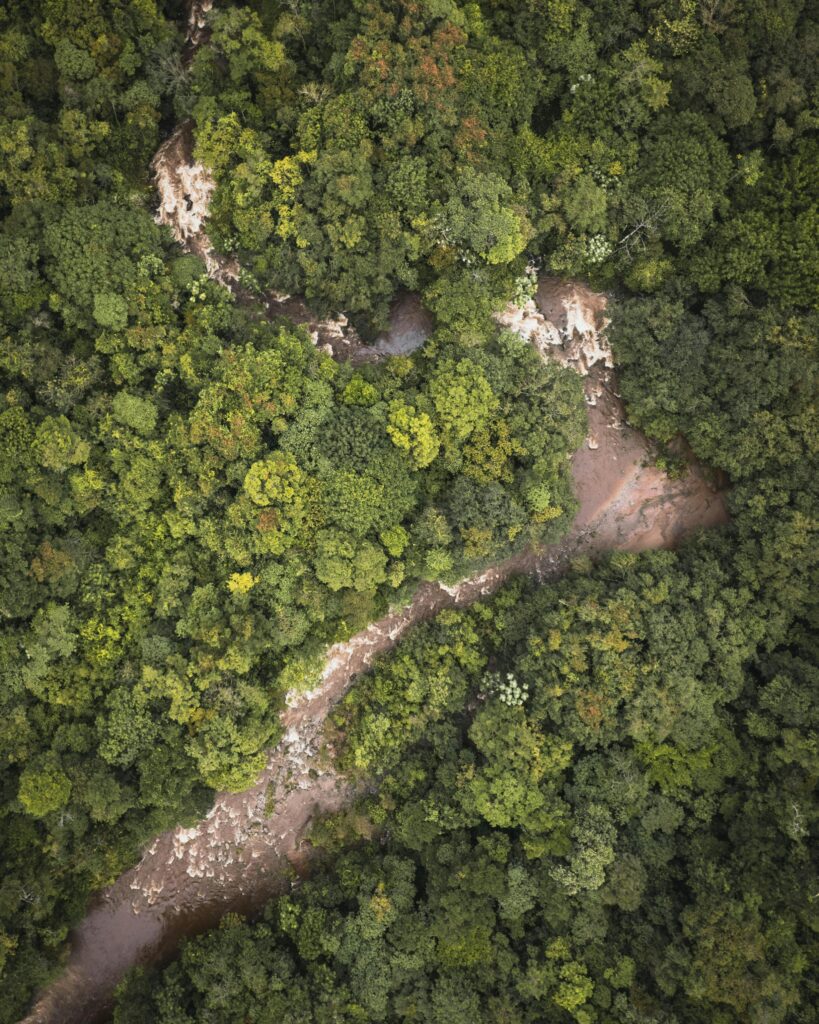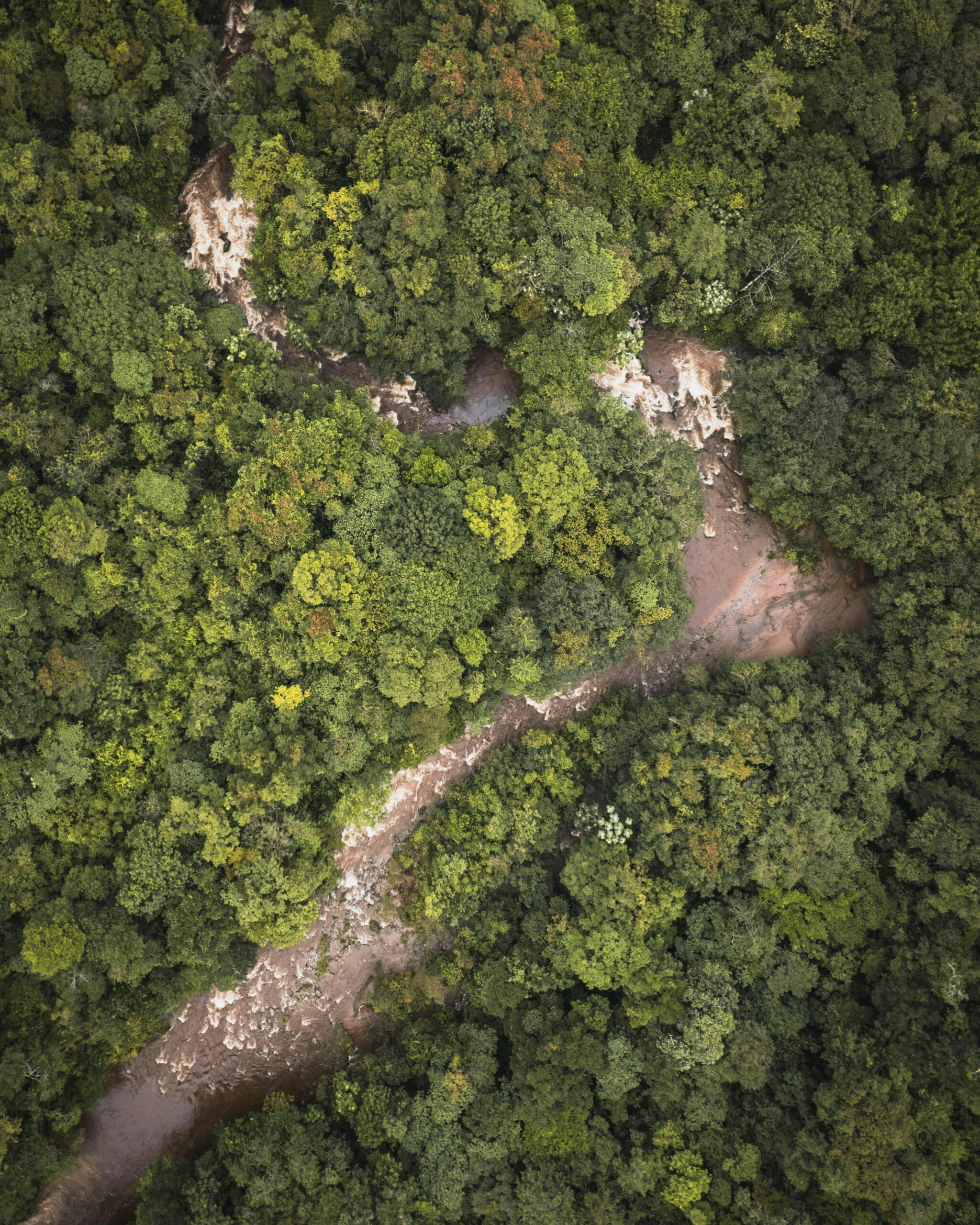The Amazon Rainforest: A Living Wonder of South America
The Amazon Rainforest, often referred to as the “lungs of the planet,” is a sprawling and vibrant expanse of biodiversity located in South America. Covering an estimated 5.5 million square kilometers (2.1 million square miles), this rainforest is the largest tropical forest on Earth. The majority of it—around 60%—is located in Brazil, with smaller sections spreading into Peru, Colombia, Venezuela, Ecuador, Bolivia, Guyana, Suriname, and French Guiana.

Where is the Amazon Rainforest?
Geographically, the Amazon Rainforest is centered around the Amazon River Basin, a massive watershed that stretches across the northeastern portion of South America. The Amazon River, which is the longest river in the world by volume of water, runs through this region and is fed by thousands of smaller tributaries. The forest itself lies primarily in the equatorial zone, making it one of the wettest places on Earth.
Brazil’s location in the Amazon Rainforest is particularly significant, as about 60% of the forest is contained within its borders. The Brazilian states that house the Amazon include Acre, Amapá, Amazonas, Maranhão, Pará, Rondônia, Roraima, Tocantins, and parts of Mato Grosso and Piauí.
A Thriving Ecosystem: Biodiversity in the Amazon Rainforest
The Amazon Rainforest is often described as the “most biodiverse” place on Earth, and for good reason. It is home to 10% of the world’s known species, many of which are found nowhere else. The biodiversity of the Amazon is staggering, and it includes millions of plant, insect, animal, and microorganism species, some of which have yet to be discovered.
-
Plant of Amazon Rainforest: The Lungs of the Planet
The Amazon Rainforest is teeming with plant life. It is estimated that around 400 billion individual trees exist in the forest, with more than 16,000 different species of trees alone. Iconic species such as the rubber tree, kapok tree, and Brazil nut tree thrive in the dense, humid environment. The Heliconia, a flowering plant often associated with vibrant tropical ecosystems, and Amazonian water lilies are also among the rich plant life found here.
These plants don’t just play an aesthetic role—they help regulate the global climate by absorbing and storing carbon dioxide, and they release oxygen into the atmosphere, making the Amazon critical for climate stability.
-
Animal of Amazon Rainforest: From Jaguars to Macaws
The animal life in the Amazon is just as diverse. Here, you’ll find jaguars, pumas, and ocelots prowling the jungle floor, as well as sloths, capybaras, and tapirs navigating the forest. The Amazon is also a haven for monkeys, including howler monkeys, spider monkeys, and the endangered golden lion tamarin.
The region is rich with a staggering array of bird species, such as the brilliantly colored macaws, toucan, and harpy eagle. The Amazon River itself is home to unique aquatic species like the Amazon river dolphin, piranhas, and the infamous anaconda, the world’s heaviest snake.
Insects also play a crucial role in the Amazon’s ecosystem, and it is estimated that millions of insect species thrive here, from bullet ants to the stunning blue morpho butterfly. These insects are essential for pollination, decomposition, and supporting the food chain.
-
Microscopic Wonders
The Amazon’s biodiversity extends to the microscopic level as well. Researchers estimate that there are countless species of fungi, bacteria, and viruses that are found nowhere else on Earth. These microorganisms play critical roles in the soil health and nutrient cycling that sustain the entire ecosystem.
Brazil and the Amazon Rainforest: A Global Responsibility
Brazil’s stewardship of the Amazon Rainforest is crucial to the planet’s health. As the largest country in the Amazon basin, Brazil holds a key position in the fight against climate change. The Amazon absorbs an enormous amount of carbon dioxide, which helps regulate the Earth’s climate and mitigate global warming. If deforestation rates in Brazil continue to increase, it would release a massive amount of carbon into the atmosphere, accelerating the climate crisis.

The Brazilian government, in collaboration with indigenous communities, scientists, and environmental organizations, has been under increasing pressure to protect the forest from illegal logging, mining, and agriculture expansion. These activities threaten the delicate balance of the ecosystem, causing destruction not only to the environment but also to the countless species that depend on it for survival.
Despite the growing challenges, the Amazon is still home to indigenous communities that have lived in harmony with the forest for centuries. These communities, such as the Yanomami, Kayapo, and Tukano, are deeply connected to the land and are often on the front lines of conservation efforts, working to preserve both the forest and their way of life.
Why Should We Care About the Amazon?
The Amazon’s importance goes far beyond just the region it occupies. Here’s why the world should care:
- Climate Regulation: The Amazon plays a critical role in absorbing carbon dioxide, helping regulate the Earth’s temperature. Without it, we would face much higher levels of global warming.
- Global Water Cycle: The Amazon also helps maintain the global water cycle by releasing water vapor that contributes to rainfall in distant regions, including North America and Europe.
- Medicinal Potential: Many of the plants in the Amazon have medicinal properties, with new treatments for cancer, heart disease, and other ailments potentially hidden within its depths. The Amazon has contributed to some of the most important pharmacological discoveries of the past century.
- Cultural Heritage: The Amazon is home to hundreds of indigenous tribes whose cultures, languages, and traditions are an irreplaceable part of human history.
- Sustaining Life: The biodiversity of the Amazon sustains the livelihoods of millions of people who depend on the forest for food, water, and shelter, as well as the people who rely on it for scientific research and environmental conservation.
Conclusion: The Amazon’s Future
The future of the Amazon Rainforest is uncertain. As deforestation and climate change continue to threaten its survival, it is crucial for individuals, organizations, and governments to take action to protect this invaluable resource. The fight to save the Amazon is not just a battle for South America—it’s a fight for the future of the planet.
If you’re interested in sustainable practices, conservation, and biodiversity, the Amazon is a place that deserves your attention. Not just as a distant rainforest, but as a critical partner in the survival of the Earth’s ecological systems. Now, more than ever, the Amazon needs global awareness and action to ensure its preservation for generations to come.




